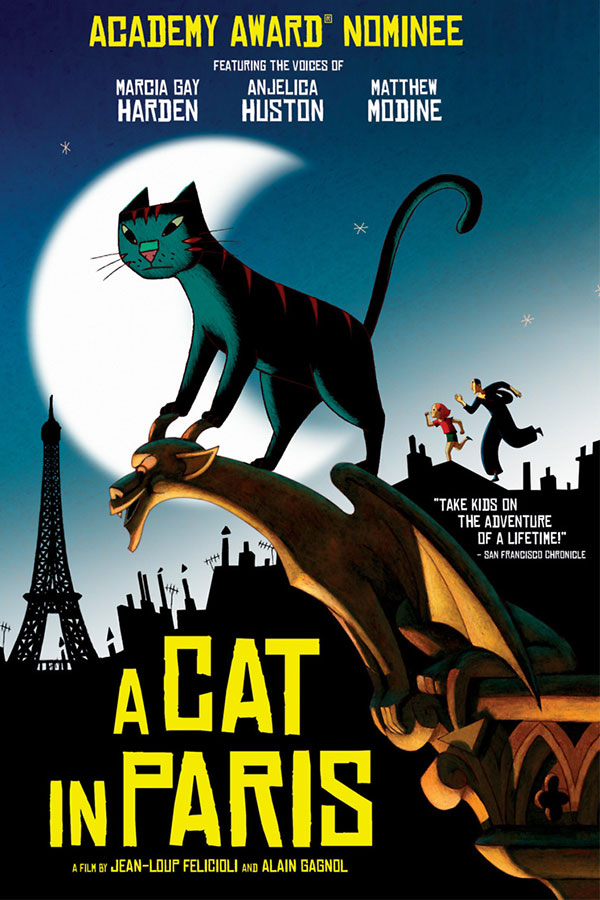Ideas around communal trauma are not often discussed in how we think about the world. While there are definitely part of history that are by definition traumatic and that effect a lot of people, such as wars and natural disasters, these are usually seen as things that happen to other people (especially in the western world). The Second World War was traumatic for the soldiers, for the people being prosecuted, for the grieving. But, it is not seen by our contemporary society as a trauma that is communal. The horror of the experience does not seem to translate into the idea that everyone alive has been touched by the disaster and has thus been traumatised to a larger or smaller degree. (At this point I think I should make it clear that communal trauma is not something that 'brings people together' by default. Devisions will remain, differences in ideals will not be eradicated simply because of a shared trauma.) The idea of how to handle trauma will not be applied to a whole society. There is no group therapy session for a community hit by a disaster.
Part of my research into trauma also went into the interplay between personal and public mourning. This of course is a very interesting topic in its own right, but there is a strong link to trauma that needs to be discussed. One of the main parts of research within the UK on this topic is related to the death of Princess Diana. This is both a public trauma and a personal one. Public for the whole of the UK, personal for her friends and family. The show of public mourning that happened after her death can be seen as a public display of communal trauma, and there has been no therapy for anyone who was a part of that communal display. The private trauma of her friends and especially her (royal) family was on public display for the world to see. This lack of privacy has led me to the question about trauma and grief that has kept me most preoccupied of all. Who has 'ownership' over trauma? Who is allowed to tell the story of a trauma?
The idea of ownership of a the story of someone's life comes into play here as well. This is something I consider a lot because no trauma happens in a vacuum. Everyone has other humans (or animals) they are connected to. If someone's trauma is connected to another person (which it almost always is), how much right does the other person have to stop you from telling the story? Or does the person who is traumatised have full ownership of that story and are they allowed to use it in any way that helps them? (Basically, if you have lost a family member in a traumatic way, how much of that can be a public story you tell if other family members of that person are also still alive?) I don't think there is a clear answer to all of these questions. If one was to look at ethics and moral philosophy you could possibly find some sort of answer which will be contradicted by another theory. Maybe, if western society had a more open way of talking about trauma and grief, this would be less of an issue. I want to talk about the effects of trauma on people, but every time I bring it up (especially when stating I want to do a PhD in it), people get worried about me.
And now we are living through a pandemic with more people dying than most communities can imagine. But most of us just see the numbers without realising that attached to every one of those numbers is at least 1 and often many more people who will have to grieve and carry that trauma with them for years to come. We are now a society where trauma has become more widespread than ever. And we are still not talking about it.










